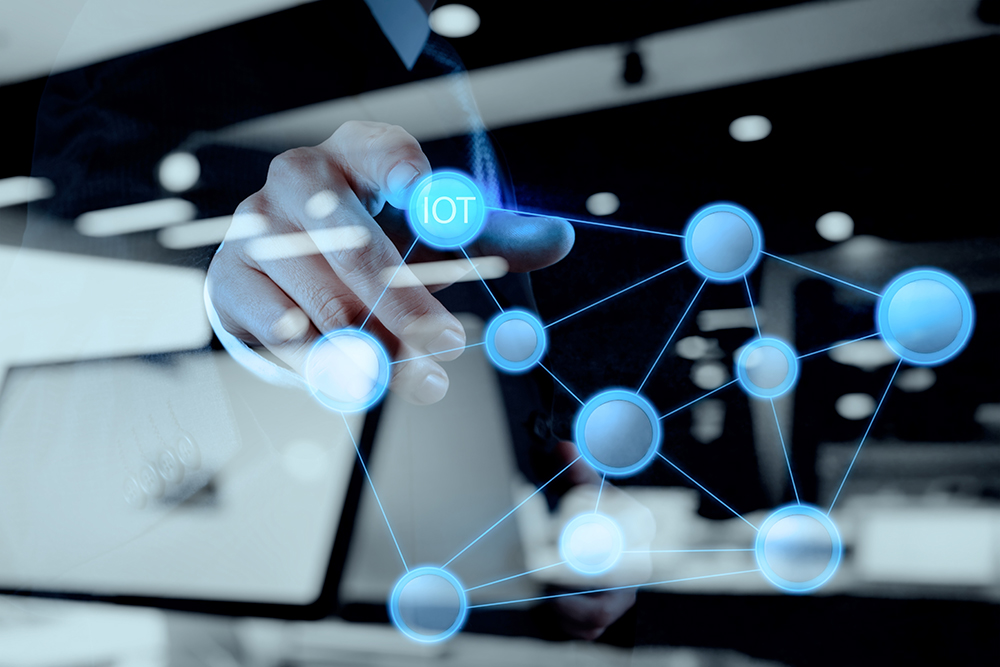Africonology CEO Mandla Mbonambi asks if anyone has thought about happens after all the devices are connected to the Internet of Things?
Is your business driving change or being driven by it? This is the question that should be powering your business mindset in a digital world that’s swallowed by innovation and exponential change. Anything that cannot be digitised or automated is about to become extremely valuable. Computers can simulate the human, but they cannot be. As IoT seeps into cracks across culture and company now is the time to go beyond the technology and the data to eke out human insights and wisdom. In a world of ‘what’ and ‘how’ humans are about to become the ‘why’.
So how does this relate to the testing of the Internet of Things? Because today IoT delivers most of our data and this needs to be interpreted and analysed. We are in the phase of machine-to-machine communication, the Big Data journey is evolving at a rapid rate and all these technologies are no longer vague constructs from the future. They are our current, ignored reality.
The business must find a way of establishing the value of Big Data, finding out how customers perceive them, the impact of market conditions and how to reduce time to market. Many challenges can potentially be solved by IoT, but there first must be a way of interpreting the threats and insights in such a way as to change how the business engages. That changes how an organisation does business.
There are seven layers that lie within the Internet of Things – people and process, applications, data analytics, data ingestions, global infrastructure, the quality of connectivity and edge computing, and things. The goal is to unlock how to make sense of these layers within IoT by determining what type of testing is required. With the right systems in place, every problem can become an opportunity.
The proliferation of IoT devices and software projects necessitates a sufficiently equipped testing specialist. It also asks that there are strategies in place to address the emergence of these new challenges around usability, integration, interoperability, performance, and synchronisation. The human element is critical to unlocking this potential by looking at the entire IoT ecosystem. It is the ‘why’ that’s capable of pulling the threads of security, performance, compatibility, interoperability and data integrity into a cohesive pattern.
Testing is required to find the loopholes that may exist within the network of devices, platforms and systems. Already there are real-world examples of how this has changed business parameters and problems. The business must know exactly how reliable its solutions and ecosystems are, and how viable within the real world. And they need insight into customer responses.
The game has changed. It is the ‘all eyes on you’ market. It’s the time to examine capability and delivery, to test automation and to invest in the right tools. These are the steps towards assessing the health of your ecosystem and ensuring your customers are happy. To effectively fulfil the remit of IoT, the organisation must move away from traditional quality assurance methodologies towards intensive quality engineering. This is the new roadmap, the one that blends the Why of the human with the ‘how’ of the technology to determine the results of IoT.


